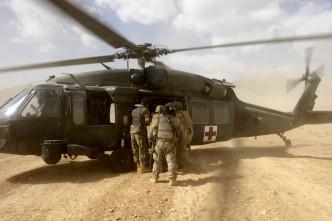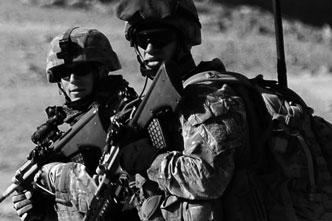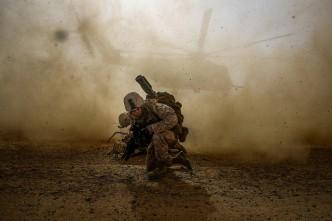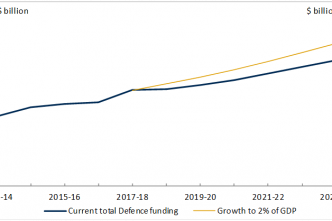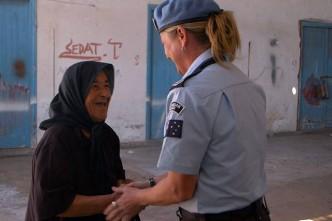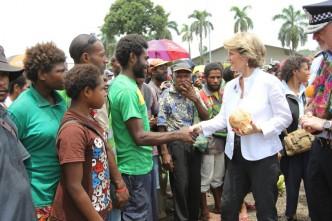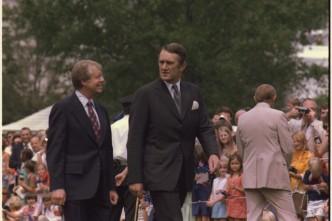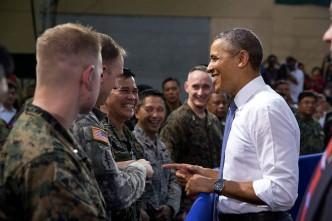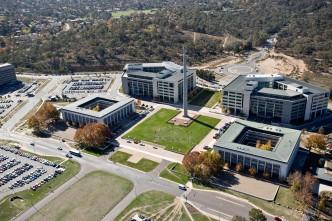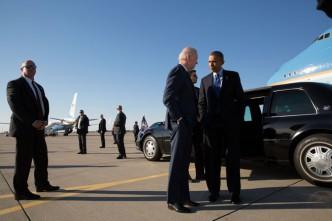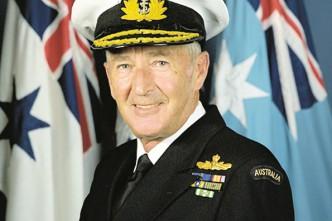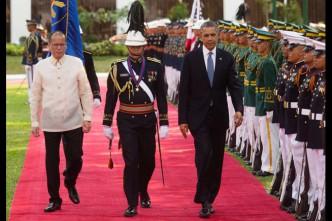The Australian public turned against the war in Afghanistan a long time ago. In 2010, I argued (PDF) that the mission’s fading prospects for success provided the key explanation. But James Brown has recently argued …
Last week I suggested that Australia takes two steps with regard to those Australians fighting in the Syrian conflict, who’ve been trained by extremist groups and gained battlefield experience. First, our government should release a …
A couple of weeks ago the Pentagon announced that it had awarded a contract for another ten Virginia class nuclear attack submarines (SSNs). The headline price was US$17.6 billion, or about $1.76 billion per boat, …
The debate between Peter Jennings and Robert Ayson over whether DFAT does ‘strategy’ has opened up a rich vein of thinking. In essence, the debate has been less about what DFAT does or doesn’t do, …
It’s great Robert Ayson took the time to post a rejoinder to my article about why DFAT doesn’t do strategy. Any debate about the purpose and content of strategy is a useful debate to have. …
When American thinkers turn their eyes to Australia they can describe sharp shapes and strange colours that surprise the citizens of Oz. Sometimes the view offered in an American accent is just a bit of …
Welcome back to our weekly round-up of new reports, podcasts and other news in the defence, security and strategy world. Today’s headlining item is a timely exploration by Usman Hamid on New Mandala of the …
Numerous commentators have criticised the government’s promise to raise defence expenditure to 2% of GDP within a decade. Given the seeming arbitrariness of such a figure, and strategists’ desire for precision-guided policy prescriptions, the sceptics …
Last week the UN Security Council adopted resolution 2151—its first stand-alone resolution on security sector reform (SSR). It’s not the first time that the issue of SSR has been considered by the Council. Indeed, references …
In asking why Australia’s Department of Foreign Affairs and Trade doesn’t do strategy, Peter Jennings has posed an important question. But the question begs at least two assumptions. The first is that the government agency …
Rod Lyon recently argued that an interesting feature of geostrategic competition in Asia is the search for ‘game-changers’ in military technology. Regional governments’ search for such ‘force-multiplier-level enhancements’ is one source of the present moment’s …
After more than a century of federation, we have a PM pointing us towards armed neutrality, and who doesn’t want to be closely aligned to a great and powerful friend. Granted, it’s a PM who …
Maybe it’s because I’m a child of the 1960s, but for me ‘NASA’ is a synonym for ‘cool’. You can’t be a science-obsessed lad of six (yes, I was really that sad) in July of …
The big cyber news out of the US this week was the Obama Administration’s release of the results of its three-month review into ‘big data’ and privacy. The report found that while big data can …
After reading Bob Carr’s Diary of a Foreign Minister, I’m left wondering why the business of foreign policy is—well, to be blunt—so completely un-strategic. Can it really be true that ‘all foreign policy is a …
In 1992 the United States left its naval facility at Subic Bay and its air force base at Clark Air Base in the Philippines. An active volcano, Mt Pinatubo, and a restless Philippines Senate opposed …
The National Commission of Audit’s report created quite a stir last week; pension ages to rise, family payment to fall, and a new model for federation. For those who lack the time to study the …
President Obama’s recent Asian tour, although successful, has done little to dilute the questioning of his global leadership style. A New York Times editorial on the weekend concluded that the president’s foreign policy isn’t as bad …
The Canberra officer project, like the art of strategy itself, is about the creation of power. And the position of Vice Chief of the Defence Force is a striking example of the project’s building effort. …
Last week, President Obama wrapped up a much anticipated tour of Asia which covered Japan, South Korea, Malaysia and Philippines. The tour was largely seen as an attempt to reassure friends and allies of the US rebalance. …
